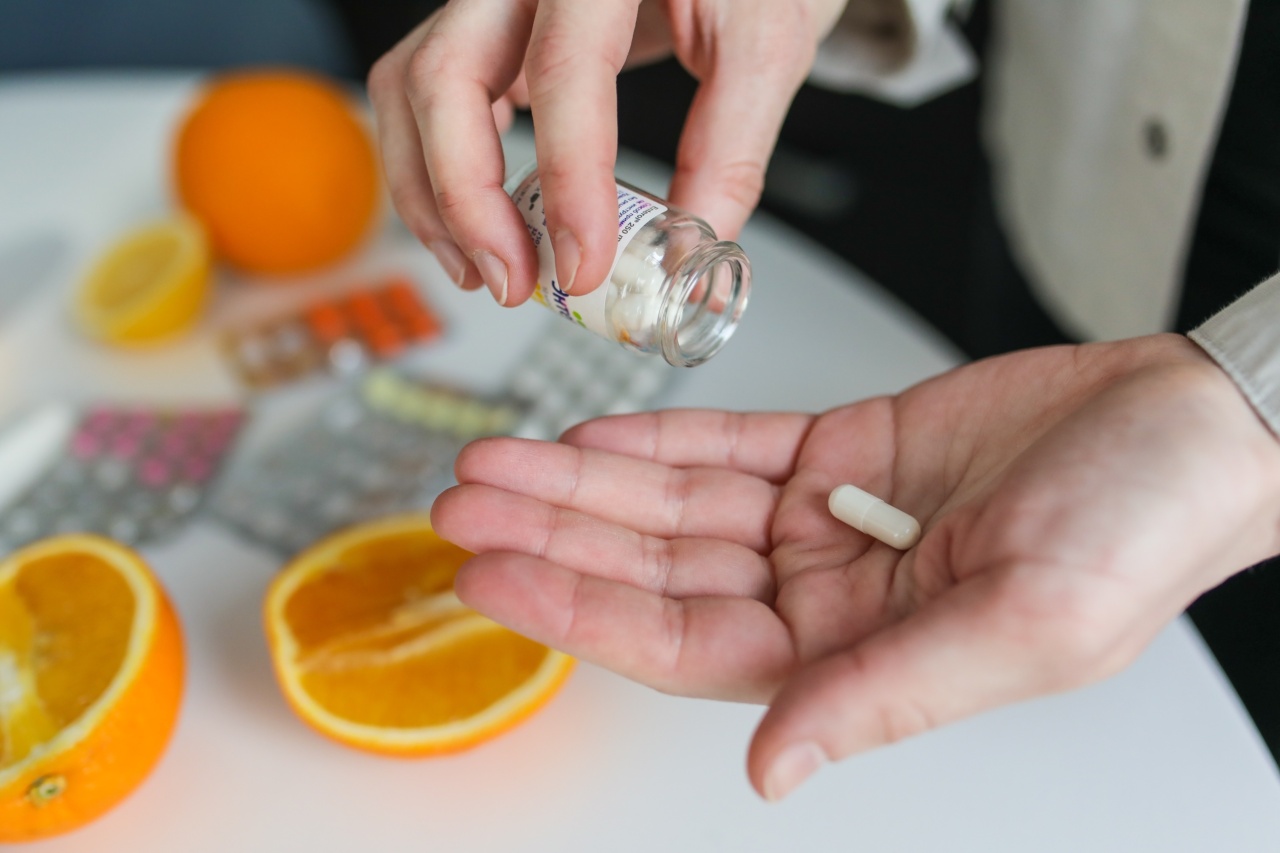Groin strains are a common injury that can affect children participating in various physical activities. These strains occur when the muscles and tendons in the inner thigh area are overstretched or torn.
They can cause significant pain and discomfort, making it essential to understand how to prevent and treat them properly.
Causes of Groin Strains in Kids
Groin strains in kids can occur due to several reasons:.
1. Overuse
Children who participate in sports or activities with repetitive movements, such as soccer, basketball, or gymnastics, are at a higher risk of developing groin strains. Overuse of the muscles and tendons in the groin area can lead to strain and injury.
2. Sudden Movements
Quick and sudden movements, such as changing direction rapidly or performing explosive jumps, can strain the groin area. These movements are common in sports like football or tennis, where agility and speed are required.
3. Lack of Warm-up
Skipping warm-up exercises can increase the risk of groin strains in kids. Without proper warm-up, the muscles and tendons are not adequately prepared for the physical demands of the activity, making them more susceptible to injury.
4. Muscular Imbalances
Imbalances in muscle strength can put excessive stress on certain muscles, leading to strain. Weakness in the hip muscles, adductors, or hamstrings can contribute to groin strains in kids.
Signs and Symptoms
When a child experiences a groin strain, they may exhibit the following signs and symptoms:.
1. Pain and Discomfort
A groin strain often causes pain in the inner thigh, which may range from mild to severe. The pain is usually aggravated by activities such as running, kicking, or jumping.
2. Swelling and Tenderness
Swelling and tenderness in the groin area can occur due to the inflammatory response triggered by the injury. The affected area may feel tender to touch or when pressure is applied.
3. Limited Range of Motion
Groin strains can restrict the child’s range of motion. Movements that involve stretching or spreading the legs may be particularly challenging and painful.
Preventing Groin Strains in Kids
It is essential to take preventive measures to minimize the risk of groin strains in children. Here are some strategies:.
1. Proper Warm-up
A thorough warm-up routine is crucial before any physical activity. It should include dynamic stretches and exercises that target the groin, hips, and leg muscles.
This helps to increase flexibility and prepare the muscles for the demands of the activity.
2. Strengthening Exercises
Specific exercises focusing on strengthening the hip adductors, abductors, and hamstring muscles can help prevent groin strains. These exercises can include squats, lunges, leg raises, and resistance band workouts.
3. Gradual Progression
Children should gradually increase the intensity and duration of their physical activity to allow their bodies to adapt and become stronger. Sudden spikes in training or activity levels increase the risk of strain and injury.
4. Proper Technique
Emphasize the importance of maintaining proper technique and form during sports and physical activities. Proper body mechanics reduce the strain put on the groin muscles and decrease the likelihood of injury.
Treating Groin Strains in Kids
If a child sustains a groin strain, timely and appropriate treatment is necessary. Here are some common treatment methods:.
1. Rest and Ice
Resting the strained groin muscles and applying ice packs helps reduce swelling and pain. Use ice packs for 15-20 minutes every 2-3 hours for the first 48 hours after the injury.
2. Compression and Elevation
Wrapping the affected area with an elastic bandage and elevating the leg can help reduce swelling and provide support to the muscles. This technique promotes recovery and reduces discomfort.
3. Pain Management
Over-the-counter pain medications, such as acetaminophen or ibuprofen, can be used to manage pain and inflammation. However, it is advisable to consult a healthcare professional before administering any medication to children.
4. Physical Therapy
In more severe cases, physical therapy may be required to rehabilitate the strained groin muscles. A physical therapist can develop a tailored treatment plan that includes stretching, strengthening exercises, and manual therapy techniques.
5. Gradual Return to Activity
Once the child’s pain and discomfort have significantly reduced, a gradual return to physical activity is recommended.
This process should be supervised by a healthcare professional or certified athletic trainer to ensure a safe and effective transition.
Conclusion
Groin strains in kids can be painful and limit their participation in sports and physical activities. By understanding the causes, signs, and prevention measures, parents, coaches, and educators can help reduce the risk of groin strains.
If a strain does occur, appropriate treatment and rehabilitation methods should be implemented to ensure a smooth recovery and minimize the likelihood of re-injury.





























